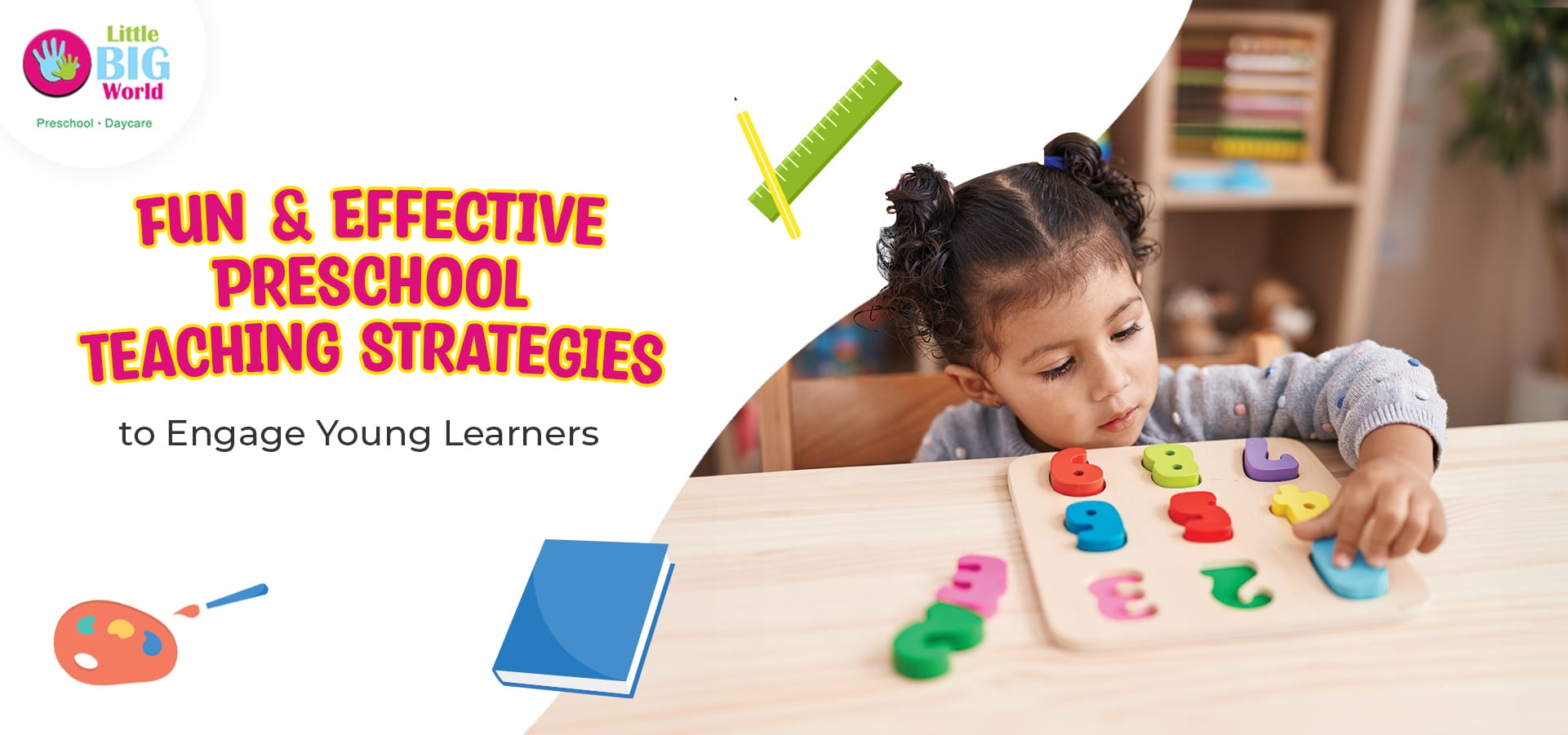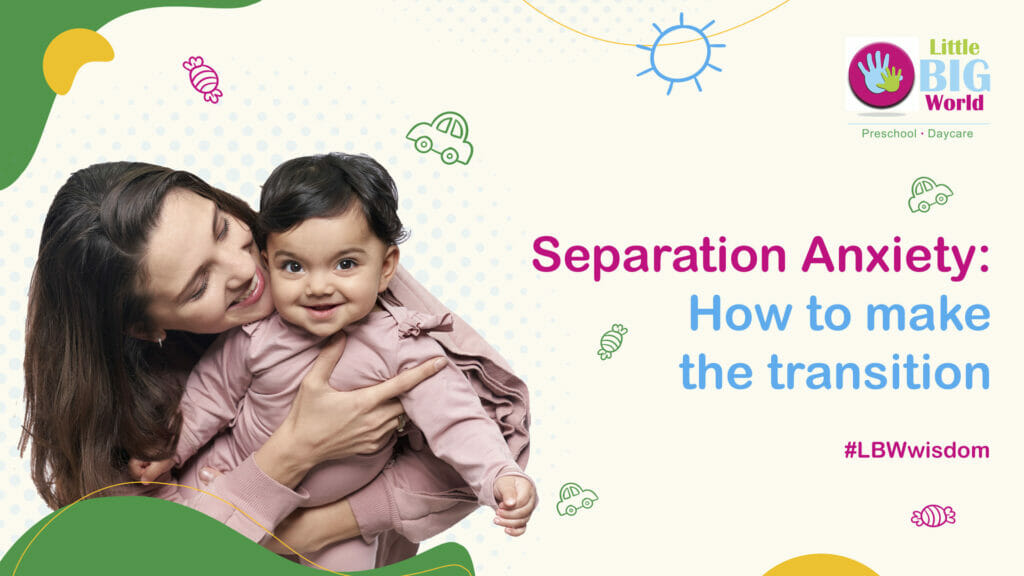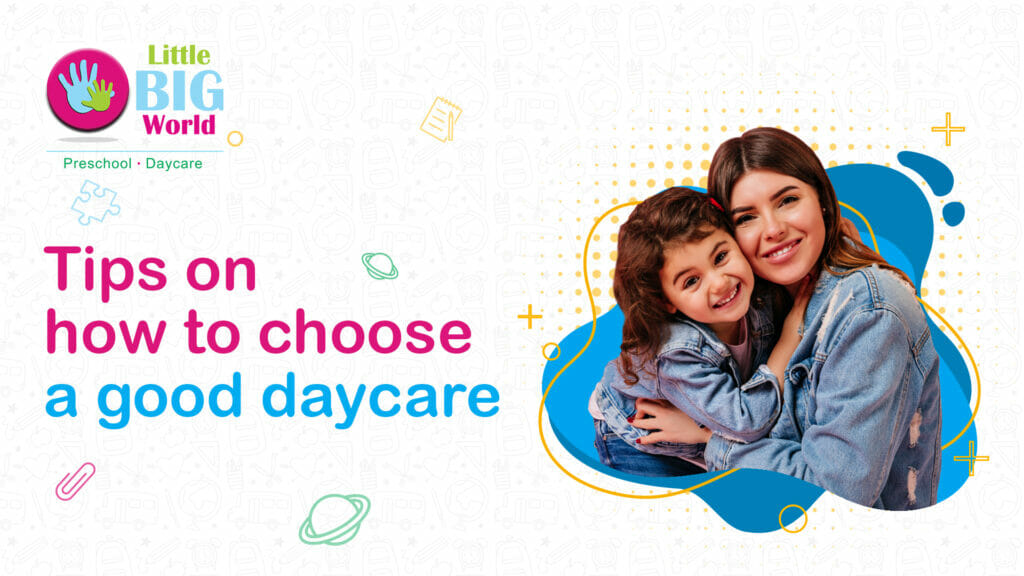The preschool classroom: a vibrant symphony of giggles, boundless curiosity, and endless possibilities for learning. As preschool educators, we have the privilege of nurturing these young curious minds, fostering a love for learning, and laying the foundation for future academic success. But with a room full of unique personalities and diverse learning styles, it can be challenging to know where to begin.
Embarking on this journey doesn’t have to be overwhelming! This blog explores six key teaching strategies designed to transform any classroom into a nurturing and stimulating environment where every child feels valued, engaged, and encouraged to explore!
1. The Magic of Positive Reinforcement
Children are like little sponges, soaking up the world around them. They learn not just from what we teach, but also from how we react. Instead of focusing on what they’re doing wrong, celebrate their efforts and accomplishments, big or small. A simple “Wow, you built such a tall tower!” or “I love the colors you chose for your picture!” can work wonders. Positive reinforcement fosters confidence in young learners, encourages them to persevere and try new things, and strengthens the bond between you and your students.
2. The Power of Fun, Hands-on Activities
Preschoolers learn best through play, a natural state where they explore the world around them through active engagement. Embracing the power of fun, hands-on activities that spark their curiosity and allowing them to internalize concepts in a meaningful way can be helpful. Singing songs with movement, building impressive structures with blocks, exploring nature in the school garden – these activities are more than just playtime; they’re building blocks for developing early literacy, math skills, scientific thinking, and essential social skills like collaboration and communication.
3. The Importance of Child-friendly Vocabulary
Imagine a world filled with unfamiliar words – a daunting prospect, right? Make learning accessible by using clear, concise language tailored to your students’ age and understanding. Break down complex concepts into simpler terms, use vivid descriptions that paint pictures in their minds, and encourage them to ask questions. This creates a safe space for exploration and ensures everyone is on the same learning journey.
4. The Comfort of Predictability
Young children thrive on routine. We work on establishing clear daily schedules with consistent transitions between activities. This provides a sense of security and predictability, allowing children to focus on learning and participating in activities with confidence. Knowing what to expect helps them feel safe and ready to explore new things.
5. Practicing Empathy
Preschool is not just about academics; it’s also a crucial time for social and emotional development. Modeling empathy and understanding by actively listening, validating children’s feelings, and resolving conflicts in a peaceful manner is the way to go. Helping them identify emotions in themselves and others fosters a sense of compassion and creates a classroom community built on respect.
6. Celebrating Uniqueness
Each child learns and develops at their own pace. At Little Big World, we recognize and celebrate these differences by embracing diverse learning styles, providing varied learning opportunities, and adjusting our teaching methods to cater to individual needs. This inclusive approach ensures all children feel valued and supported on their learning journey!
It’s good to remember that preschool educators are merely guides and cheerleaders in the early years of a child’s learning journey. By incorporating these teaching strategies into your teaching toolbox, you will find a more interactive and engaging set of children in your classroom.



